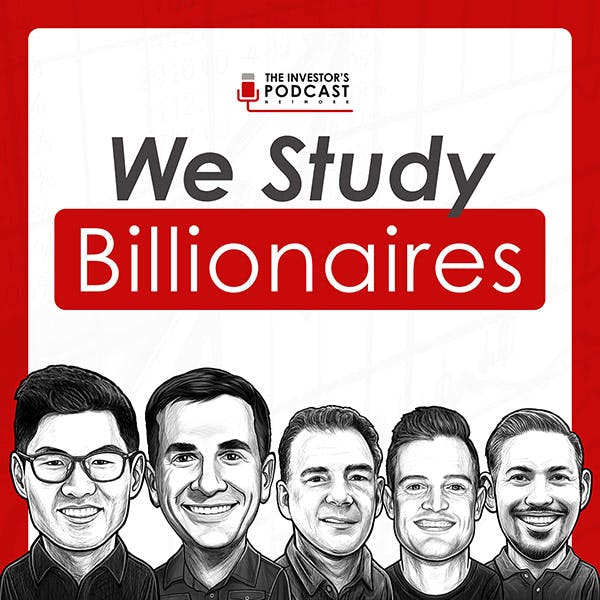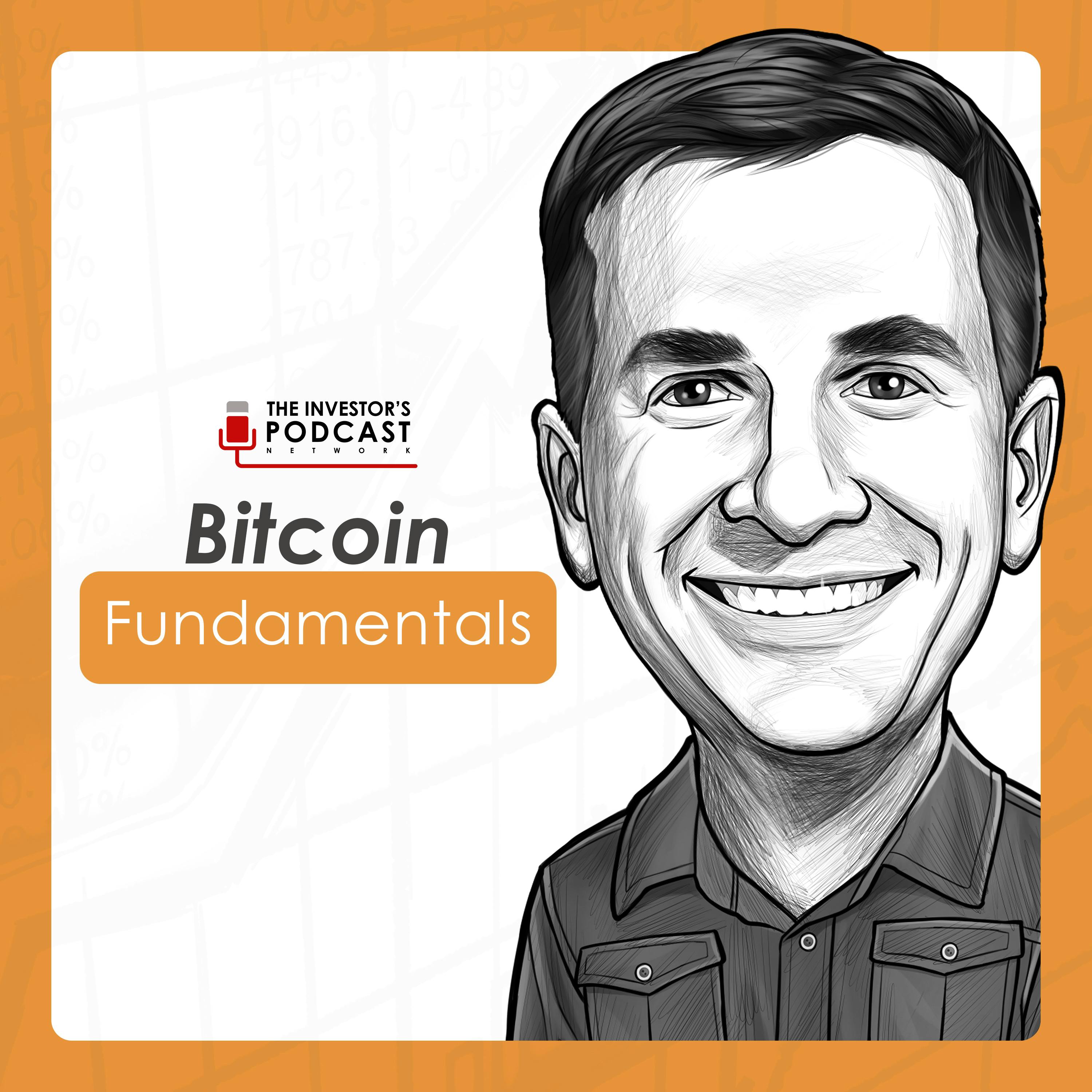
May 31, 2024 • 1hr 2min
TIP634: Value Investing Fundamentals w/ John Huber
We Study Billionaires - The Investor’s Podcast Network

Key Takeaways
- The three sources of returns for any stock are: earnings growth, change in PE multiple, and capital return (dividends/buybacks)
- When evaluating investments, focus on compounding your capital, not just finding "growth" or "value" stocks
- Look for opportunities in unpopular large caps and undervalued small/mid caps outside the major indexes
- Be willing to change your mind quickly if you determine you made a mistake in an investment
- Write down your investment thesis for each position to clarify your thinking
- Big tech companies are becoming more capital intensive, which may impact future returns
- The S&P 500 index may deliver lower returns over the next decade compared to the past decade
Introduction
In this episode, host Clay Finck interviews John Huber, managing partner of Saber Capital Management. John shares his insights on value investing principles, current market conditions, and his approach to finding investment opportunities. As a longtime friend of the show, John provides thoughtful commentary on a range of investing topics.
Topics Discussed
John's Personal MBA Program (1:44)
John discusses what he would include in his own personal MBA program for investing:
- Warren Buffett's letters - An invaluable resource covering competitive advantage, returns on capital, business risks, etc.
- Case studies and 10-K reports - Focus on studying individual companies rather than just reading investing books
- Business biographies - Read about great business leaders and specific companies
John emphasizes the importance of "soaking in" financial data to understand different business models and financials. He recommends thinking like an owner when analyzing businesses.
Base Hit Investing Philosophy (7:50)
John explains his "base hit investing" approach:
- Focus on low-risk investments and incremental progress
- Prioritize getting on base rather than swinging for home runs
- Make steady progress every day through a methodical process
He views it as both an investing strategy and life philosophy centered on consistent improvement over time.
Three Sources of Stock Returns (9:01)
John outlines the three key drivers of stock returns:
- Earnings growth
- Change in PE multiple
- Capital return (dividends/buybacks)
He emphasizes the importance of considering all three factors, not just focusing on earnings growth. John notes that great returns can come from undervalued companies with modest growth if the PE multiple expands.
Costco Stock Valuation (14:40)
John discusses why Costco's current valuation at 50x earnings may be too high:
- Even with 12% annual earnings growth, returns could be mediocre if the PE multiple contracts
- Compares it to Coca-Cola in 1998 - great company but poor investment due to high valuation
- Emphasizes that paying too much for even the best companies can lead to poor returns
"At a certain price, even for the best companies in the world, you can wind up with a mediocre or even a poor investment result over a long period of time if you pay too much."
Three Types of Investments (20:39)
John outlines the three categories of investments he looks for:
- Compounders - High-quality companies with good capital allocation
- Unpopular large caps - Well-known companies temporarily out of favor
- Bargains - Undervalued companies trading below intrinsic value
He notes that opportunities in each category vary over time. John emphasizes focusing on your circle of competence and understanding businesses deeply.
Current Market View (32:21)
John shares his perspective on the current market environment:
- S&P 500 valuation at 25x earnings is on the high side historically
- Returns over the next decade likely to be lower than the past decade
- Seeing more opportunities in small/mid caps outside major indexes
- Many high-quality businesses available at 10-12x earnings with good growth potential
He notes the dichotomy between large cap valuations and smaller companies, likely due to passive investing flows.
Managing Concentrated Positions (42:57)
John discusses his approach to position sizing and concentration:
- Largest positions have extremely low risk of permanent capital loss
- Considers factors like balance sheet strength, profitability, competitive advantages
- Aims for 8-10 stocks to represent 70-80% of the portfolio
- Smaller "bargain" positions provide diversification
He emphasizes the importance of understanding businesses deeply to have conviction in larger positions.
Long Feedback Loop in Investing (47:09)
John reflects on the challenge of long feedback loops in investing:
- Be humble and willing to admit mistakes quickly
- Constantly reassess investments as businesses change over time
- No such thing as "set it and forget it" - must stay vigilant
"You want to be very quick to change your mind when you realize you're wrong. It could be a year. It could be three or four or five years."
Investment Thesis Process (54:16)
John outlines his process for documenting investment theses:
- Collects extensive research notes during analysis phase
- Writes concise 1-2 page summary of key points for each investment
- Uses journaling software to track ongoing thoughts on positions
- Emphasizes writing as a "forcing mechanism" to clarify thinking
He recommends trying to boil down investment theses to their essence in 1000 words or less.
Conclusion
John Huber provides valuable insights into his value investing approach and current market views in this wide-ranging discussion. Key themes include focusing on compounding capital rather than chasing growth, finding opportunities in unpopular or overlooked areas of the market, and maintaining a disciplined, thoughtful investment process. His emphasis on understanding businesses deeply, writing down investment theses, and being willing to change course when wrong provides a model for individual investors to follow. Overall, John's "base hit" philosophy of steady progress and risk management offers a compelling framework for long-term investing success.









